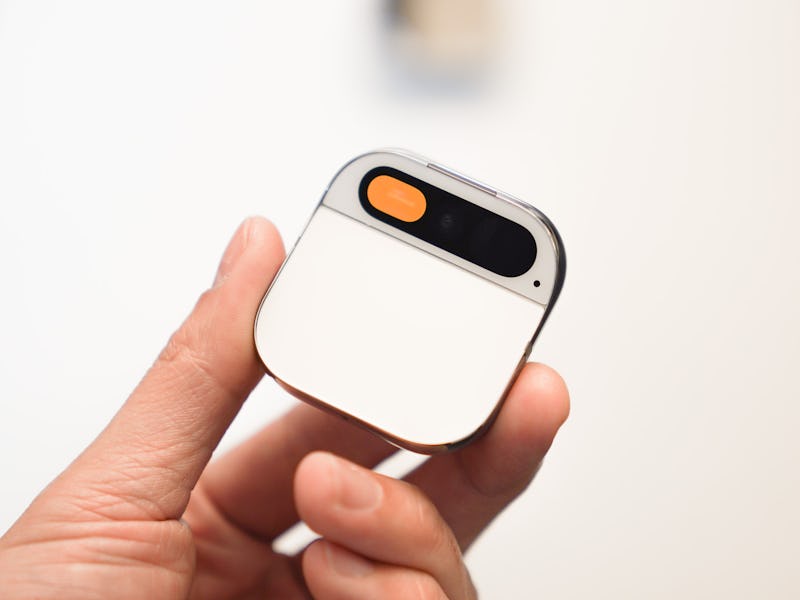Humane Just Gave Us a Proper Glimpse of the AI Pin’s Photo and Video Capture
If you’ve been itching to get a better look at what the Ai Pin is capable of from a photo and video standpoint, you’re in luck.

After lots of hype, Humane’s Ai Pin is almost here and we’re still getting small drips of what it’s capable of.
The latest nugget, courtesy of Humane co-founder Bethany Bongiorno on X, shows off a couple of capabilities that are likely important to anyone who’s considering using the Ai Pin as a smartphone replacement.
What Do Photos and Videos on the Ai Pin Look Like?
One of the most important things that people do with their phones is capture photos and videos, and if Humane is going to (at least mostly) replace a big glass slab in your pocket, the Ai Pin is going to have to capture media reasonably well.
If Bongiorno’s recent post is any indication, I’d say that the Ai Pin is off to a decent start. As you can see in the video above, the Ai Pin uses stabilization to make videos taken on the device (which is magnetically pinned to your clothes, mind you) much smoother.
Stabilization — while nice to have in other devices — is probably somewhat of a necessity given that the Ai Pin is a wearable. Recording with a device that’s fixed to your body is obviously much different than holding something in your hand. And by “different,” I mean much bumpier.
Likewise, it looks like Humane has made good progress in upgrading the fidelity of photos on the Ai Pin. A side-by-side posted by Bongiorno in the same thread highlighting stabilization shows a picture taken by the gadget in November, which is, frankly, very dark and grainy. It’s basically unviewable. A newer photo, though, looks pretty serviceable. It’s not going to send Apple stock plummeting, but for most purposes, this level of fidelity should probably satisfy most people’s needs.
For the Ai Pin, serviceable photos and videos aren’t just nice-to-haves either — they’re integral to how the company is expecting people to use other features of its wearable. For example, the Ai Pin is multimodal, which means its camera is supposed to be capable of looking at objects in your environment and identifying them. That means you could theoretically train the Ai Pin’s camera on a pair of shoes and ask, “What are those?” and your wearable would be able to tell you what brand they are and where to buy them.
Obviously, if the Ai Pin can’t actually see the object properly, features like multimodal search probably wouldn’t work the way they’re supposed to.
Ai Pin Arrival
With the Ai Pin starting to ship this month, Humane has been on a bit of a last-minute push to convey just what its device does and how well.
We’ll save our own judgment for when we actually get to use one thoroughly, but it’s safe to say it won’t be an easy sell. Not only is the Ai Pin expensive at $699 and requires a monthly subscription (though the first three months are free if you purchase an Ai Pin by March 31) and separate phone number from your current one, but it’s trying to take an ambitious bite of the smartphone pie, promising people a better way to mobile compute that doesn’t involve apps or a screen in the traditional sense.
Whether the Ai Pin can do any of the things Humane purports effectively won’t be a speculative exercise soon enough. It’s time for this future-focused wearable to have its most important trial yet.